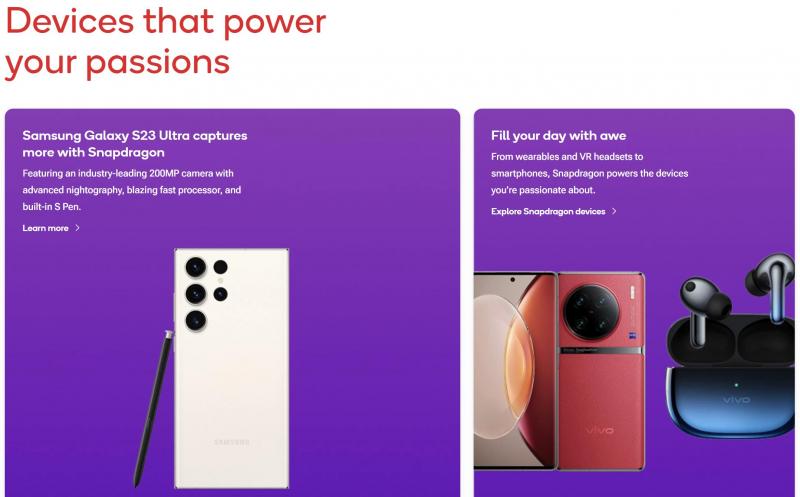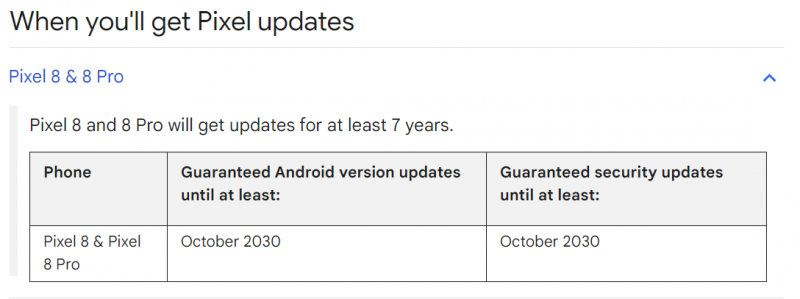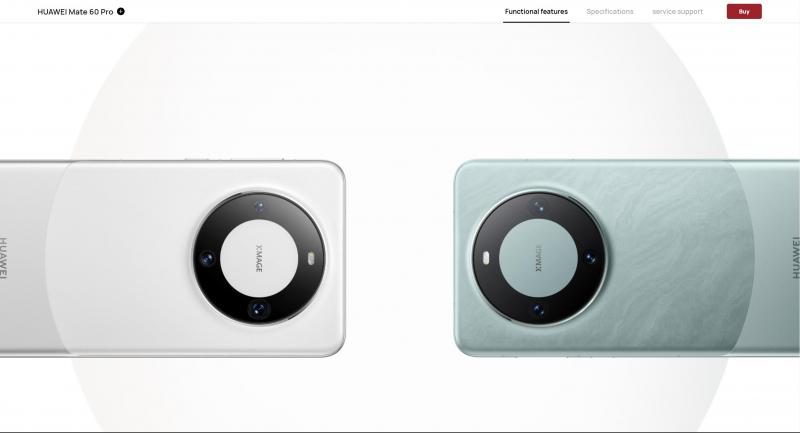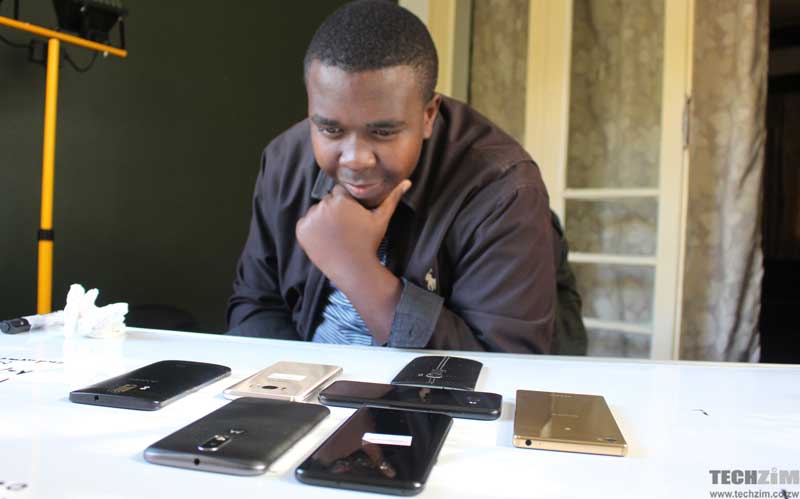I have thought about this one for quite a long time. Is it really necessary to upgrade to a new device every year? And is it necessary for device manufacturers to release a new iteration of a product every year? Because flagship computers and smartphones are now so good and so powerful most people cannot see a difference in everyday performance year on year.
Let’s be real. It’s more than powerful enough
Those of you who know me know that I am a lover of high-performance devices, and also, the latest and greatest stuff that’s there on the market. So you can imagine me using a Core i9 laptop and a Core i7 as a backup is normal for a person like me.
So in terms of performance that’s been the case but in terms of the latest and greatest not so much. I mean I’m using an 11th-generation Core i9 and an 8th-gen Core i7. I’m also using a Google Pixel 6 from like 2021. So par for the course when it comes to me not having the absolute latest and greatest.
There is the reality that buying a new smartphone is quite expensive feet nowadays. I could be using a Pixel 8 but a 256 gig version costs US$1,059 before shipping it to the motherland, which Is a lot of money.

And so that has been the trend. It’s expensive. But that is not really the biggest reason why I’m not upgrading to the latest and greatest. The biggest reason, why I’m not upgrading to the latest and greatest is the simple fact that a device from 2021, still has enough performance for 99% of what I need the device to do.
So if a device from 2021 is doing 99% of the job that I expect it to do and yet I’m a high-performance user, then it’s probably going to do a spectacular job with bags of performance headroom for someone who is not as high of a performance user as me.
Performance is sufficient and the market is saturated
And that boys and girls, is a big problem for chip manufacturers. So over the years, chip manufacturers have really been struggling to meet demand because of just how quickly the electronics industry was at churning out new products. At some point, Sony was turning out brand-new flagships twice a year which was crazy. An Xperia Z2 in April and an Xperia Z3 in November of the same year.
They did revert back to a single flagship a year but that is how crazy it was back in the day. Crazy as it was, you still saw tangible performance gains in everyday use with each new model and this is before running benchmark figures.
Nowadays, the biggest emphasis is on benchmark figures, which really are increasing by very small percentage points year on year. However, the perceived performance of these devices is quite minuscule. There are very small differences in performance between a device from 2021. and the device from 2023 in terms of perceivable everyday performance especially when looking at flagships, in fact, I’m going to focus this whole conversation on flagship PCs and smartphones.
In terms of day-to-day usage, the biggest improvements in the past couple of years, have largely been in battery technology and efficiency rather than in performance. Improvements are in how much performance you can get per watt rather than overall performance because of just how powerful the overall chipset already is. Performance has peaked for now and the market is trying to show this.
The ripple effect on the chip market
If you have been watching or reading the news this year, it’s been about the semiconductor industry, facing a slowdown. And quite a lot of it revolves around Qualcomm who are reported to be looking to cut off 1200 jobs because of the forecasted slump in demand for chips.
There is an impending price war that is coming from electronics manufacturers especially those of Computers and smartphones to try and deal with the huge pile-up of inventory they have because not many consumers are buying new devices that frequently. And if old stock does not move, it will mean they will slow down production of new devices which is going to reduce their orders for new chips.
Qualcomm is the largest chip manufacturer for mobile phone processors and also makes modems used in high-performance routers as well as high-performance and premium laptops. The same sort of products that are gathering dust on the shelves of many warehouses.

The trend of upgrading yearly is now a trend most have thrown to the wayside. There is just so much performance headroom with flagship computers and smartphones which has greatly extended their useful life. The battery is now probably the biggest weakness and reason you might be forced to upgrade the device.
The same performance demands I had in 2017 are largely the same performance demands I have right now. Since the PC I got in 2017 had more performance than I needed from it back then, it still does a flawless job today. Begging the question of why I need to upgrade it. You’re now upgrading just to have the latest and greatest not because you need more performance that your current device cannot provide.
Support is now better than ever. Great for us, bad for the Chip makers
Support for these flagship devices is now actually better than ever. Apple has maintained its 5-year support for OS and security updates. Samsung also matched that for its flagship devices and Google, with the Pixel 8 promising an astonishing 7 years of OS and security patch support.

With such extensive levels of support, you can theoretically have the same flagship device for 5 or 7 years before the OEM renders it obsolete. And it’s even worse with computers as these usually have support of up to 10 years in OS and security updates.
The battery as I mentioned before is the weakest link in a flagship device and in a lot of cases is the reason why one ends up buying a brand new phone. On average, the cycle life of a battery used in electronic devices is 3 years if you take care of it. It might be less, the more frequently you charge your device. However, the EU has been going hard on portable electronics with its most recent push for all smartphones to use USB-C ports being their most recent achievement. Welcome to the other side iPhone 15.
Next on the agenda for the EU is making smartphones as easy and cheap as possible to repair. One might remember that at some point just replacing the back glass on an iPhone 14 Pro Max was $549 mainly because of just how hard it was to replace. The EU has passed a law that smartphones should come with replaceable batteries by 2027. A typical smartphone battery costs between $20 and $100 depending on the brand and model of the phone. But instead of buying a new $1,000 flagship prematurely, you can breathe new life into it for as much as a 10th of the cost of purchasing a new device, further extending the usable life of such a device. The same is also true for laptops.
Oh, Huawei is back to making its own chips
Now something that’s also happened quite recently is Huawei’s announcement of the new Mate 60 series of smartphones, and how it’s coming in with Huawei’s own Kirin processor. It’s a bit of a headache for Mediatek and Qualcomm because this is a customer they will potentially be using. Let me explain.
In 2019 Huawei was put on sanctions by the US which forced a heap of companies to stop providing services to Huawei. Google pulled the plug on Google services for Huawei devices and TSMC, the company with the technology to produce Huawei’s custom Kirin chips was forced to stop making chips for Huawei.
This forced Huawei to buy chips from Qualcomm but with the most ridiculous of terms. They were only allowed to use chipsets that were at least a year or a generation older than what was available on the market. So if the latest chip from Qualcomm is a Snapdragon 8 Gen 2 then the best Huawei could get is a Snapdragon 8 Gen 1. Now that means the latest Huawei device would be a generation behind in performance than its competition.
As if that was not bad enough, Huawei was also banned from using 5G. So even though all the Snapdragon processors it used were 5G capable, the Snapdragon chipsets they got from Qualcomm were the 4G versions with 5G disabled.
Then a month ago, Huawei pulled a shocker after silently releasing the Mate 60 series of smartphones with the headlines being that the chipset in them is Huawei’s very own Kirin 9000s and that even though it will not show the 5G logo, it can connect to 5G and will have 5G download speeds.

The chipset itself is built on an older 7nm manufacturing process, the same one they used in the Kirin 980 from 2019. So not as efficient nor as powerful as the latest chips from Qualcomm and Apple Silicon but still powerful enough to be used in a flagship Huawei device. In fact, its performance is slightly ahead of the Snapdragon 888 released in 2021.
History lesson done, how it then further affects Qualcomm is that since the Huawei P50 series, Huawei is estimated to have been selling 10 million units of these flagship smartphones running Snapdragon chipsets.
Not only is Snapdragon losing revenue of at least 10 million chips due to Huawei manufacturing its own, but the potential loss of revenue growth from supplying chips for the Mate 60 series which is now being projected to sell close to 20 million units. Double the units of the Mate 50 Pro running the Snapdragon 8 gen 1 chip.
One would think that if the beef between America and China continues, China might possibly push Chinese electronics manufacturers to switch to chipsets manufactured in China the moment they achieve a technology and manufacturing process comparable to Qualcomm, Samsung, and Apple. That’s a possible 35% of Qualcomm’s business lost to a Chinese chipset manufacturer. A worst-case scenario for Qualcomm to lose some of its biggest clients to HiSilicon, Huawei’s in-house chipset division.
I’m calling this one a wakeup call
It’s a wake-up call to the industry. The whole value chain needs to rethink how it does business because frankly, we have reached a point where flagship devices are so good and almighty powerful that only the 1% can actually extract maximum performance out of them. The rest of us, yes me included, will be very happy with the performance of a 3-year-old flagship today for any and all day-to-day tasks.
We are covered on OS updates of up to 7 years and the inconveniences brought about by batteries giving in when the rest of the device is still pushing great performance are potentially going to be a thing of the past come 2027.
And I genuinely think OEMs need to reduce their flagship upgrade cycles for 2 major reasons. Number 1 is so that they have more time to bring truly innovative and groundbreaking features to flagship smartphones. We can’t be excited about a new USB port on the latest iPhone and some cool new software features in the latest Pixel that can clearly come to every pixel via a software update but are restricted to the new device because nothing else really stands out about them.
The second biggest reason for the chipset makers, they will have time to actually develop chipsets that bring perceivable performance gains that you can see without the help of numbers in a benchmark. Because if you take a flagship from 3 years ago and one from today, you will actually need to play with them side by side to see which one is actually performing better in every regard.
Here are what I think are the most legitimate reasons to upgrade from one flagship device to another in order of how reasonable the reason is.
- Your current flagship smartphone or computer has been stolen or damaged beyond repair.
- It’s now at least 3 years old for smartphones and 5 years old for computers.
- New communication standards like the next version of Bluetooth, Mobile data, or Wi-Fi connectivity if you are an enthusiast like me.
- You want to switch brands for whatever reason.
Give me some of the reasons you would have to buy a new flagship smartphone or computer.



What’s your take?